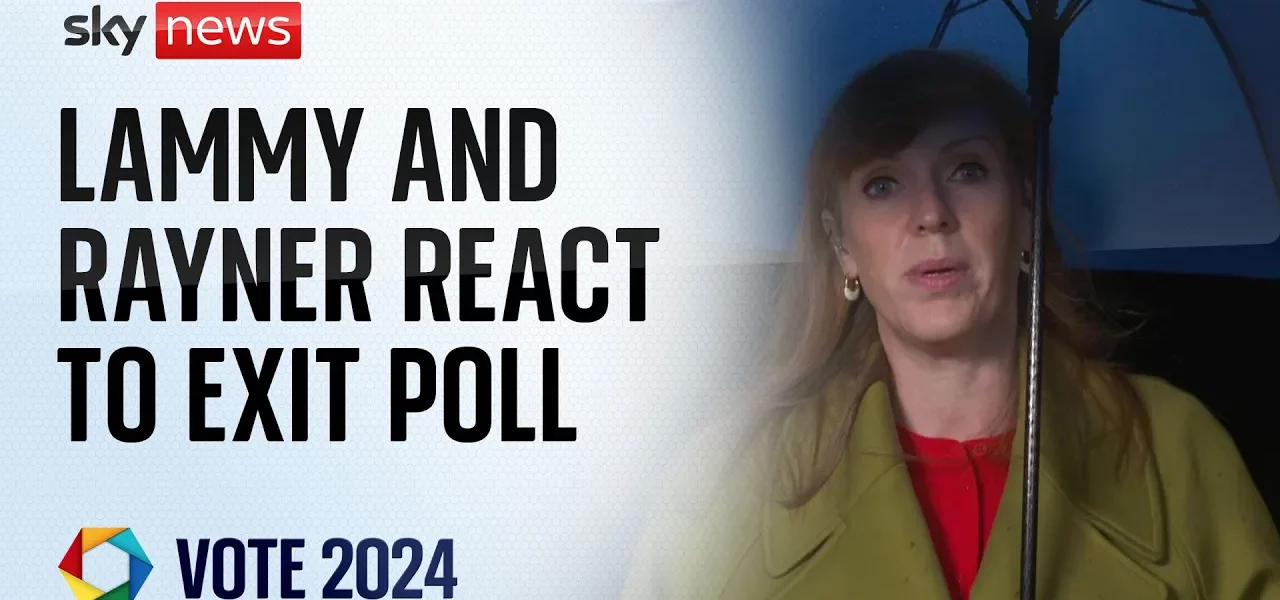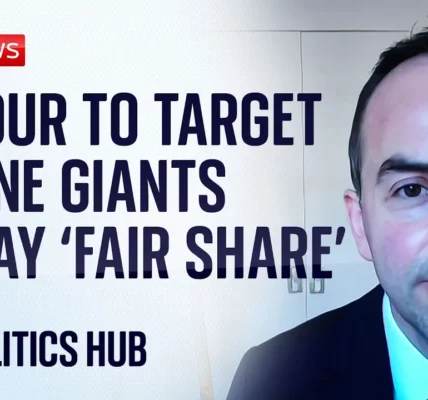Election Exit Polls and the Future of the Labor Party

This article explores the recent UK election exit polls, the transformation of the Labor Party under Kier Starmer, and the implications for the country’s political future. We delve into the insights shared by party leaders and their perspectives on the upcoming changes in governance.
Introduction
The recent UK general elections have sparked significant discussions surrounding the future of the Labor Party. As the exit polls indicate a potential shift in power, party leaders are expressing cautious optimism about the results. David Lamy, a prominent figure in the party, shares his insights on the dynamics at play, the public’s desire for change, and the challenges that lie ahead. This analysis aims to unpack these themes and provide an understanding of what this election means for the UK.
The Significance of the Exit Polls
Exit polls serve as an early indicator of election outcomes, shaping public perception and party strategies. In this election cycle, they signal a potential comeback for the Labor Party, which has faced significant challenges in recent years.
What the Exit Polls Indicate
The exit polls have shown encouraging numbers for the Labor Party, suggesting a possible majority that could lead to significant political shifts. Voters appear to be responding positively to Kier Starmer’s leadership, which has been characterized by a commitment to change and reform.
Public Sentiment Towards Change
- 14 years of Conservative governance has led to widespread dissatisfaction.
- High inflation and cost of living concerns are dominating voter priorities.
- Environmental issues, such as sewage in waters, are prompting calls for reform.
Kier Starmer’s Leadership Transformation
Kier Starmer’s journey as the leader of the Labor Party has been marked by significant transformations. His approach and policies are aligning more closely with public sentiment, positioning the party as a viable alternative to the current government.
From Defeat to Potential Victory
The stark contrast between the 2019 election defeat and the current polling figures showcases the progress made under Starmer’s leadership. His vision for the party and the country resonates with voters who are eager for change.
Building Trust with the Electorate
- Engaging with communities to understand their needs.
- Promoting policies that address critical societal issues.
- Rebuilding the party’s image after years of turmoil.
Angela Rayner’s Role and Aspirations
As the Deputy Leader of the Labor Party, Angela Rayner’s contributions are integral to the party’s campaign strategy. Her aspirations for a prominent position in the potential new government reflect the party’s renewed energy.
Potential Deputy Prime Minister?
Rayner’s ambitions to become Deputy Prime Minister highlight her commitment to leading the party forward. Her focus on unity and collaboration within the party is crucial as they prepare for the challenges of governance.
Addressing Voter Concerns
Addressing the concerns of voters is paramount for the Labor Party as they seek to reclaim power. Leaders like Lamy and Rayner emphasize their commitment to serving the public, acknowledging the hardships faced by citizens.
Rebuilding Faith in Politics
Restoring trust in politics involves demonstrating accountability and transparency. The Labor Party aims to:
- Engage with the electorate continuously.
- Implement policies based on public feedback.
- Prioritize the needs and well-being of citizens.
Conclusion
The recent exit polls represent a pivotal moment for the Labor Party, indicating a possible return to power and a shift in the political landscape of the UK. As leaders like Kier Starmer, David Lamy, and Angela Rayner prepare to navigate the complexities of governance, their commitment to the electorate will be crucial in turning the tide after years of Conservative rule. It remains to be seen how the final results will unfold, but the message from these leaders is clear: they are ready to put the needs of the public first. For further insights on political developments, revisit our related articles on political strategies and party dynamics.
“`




